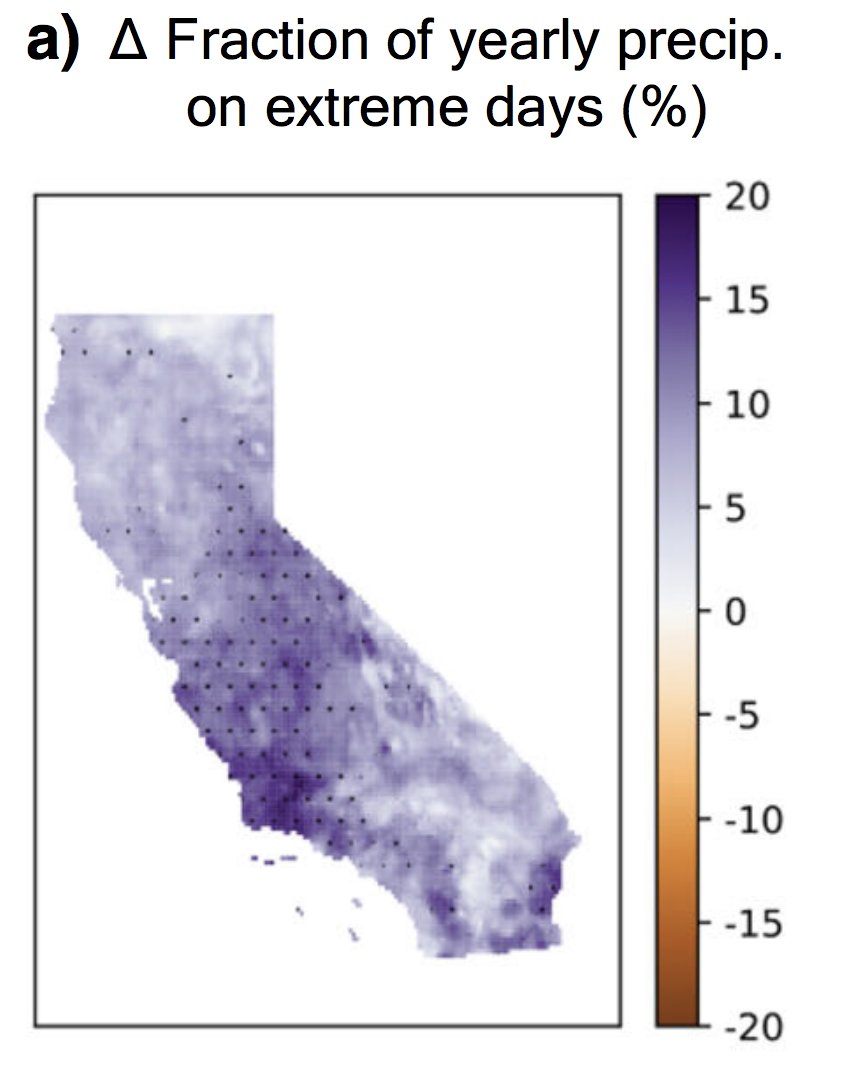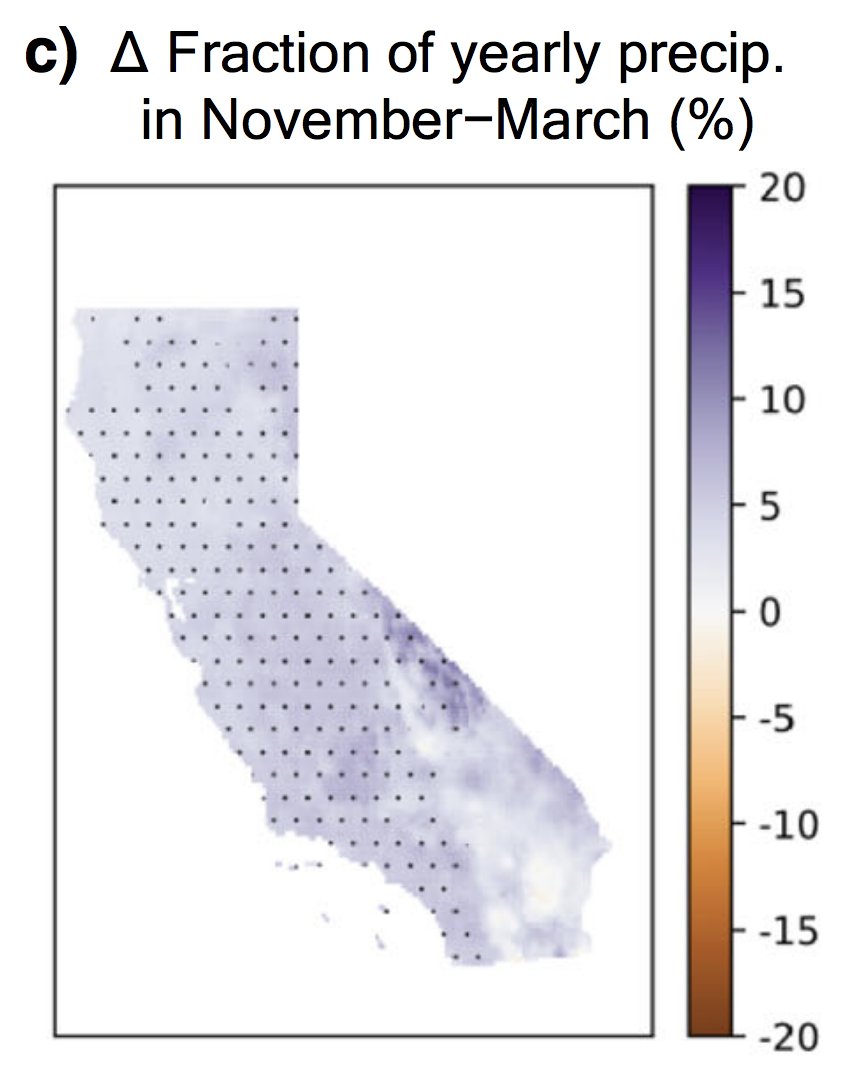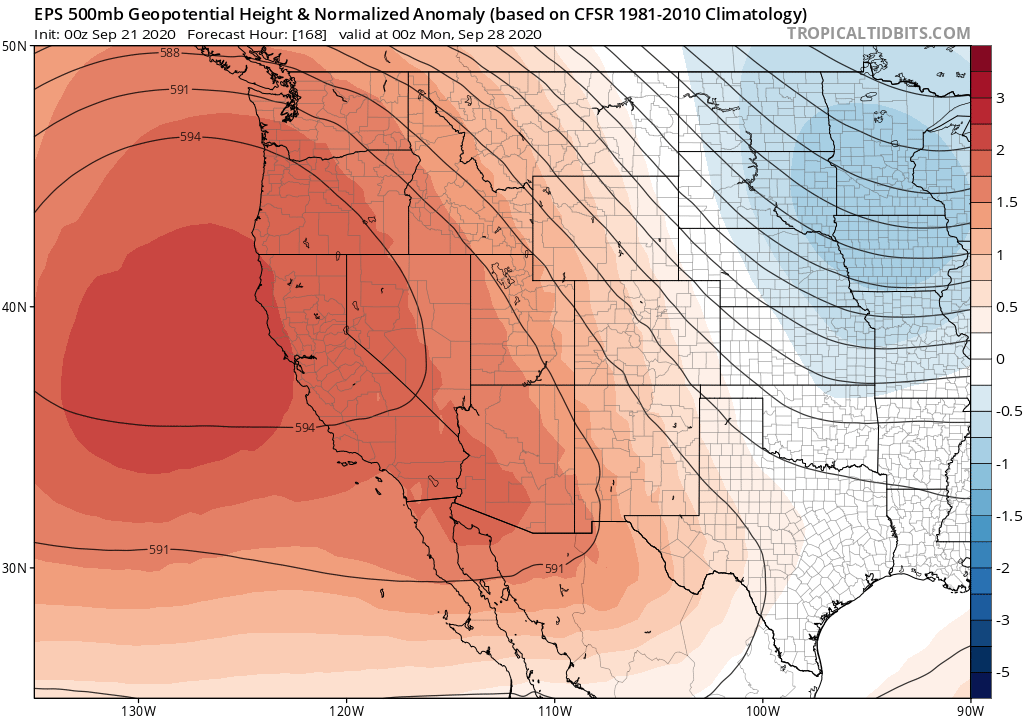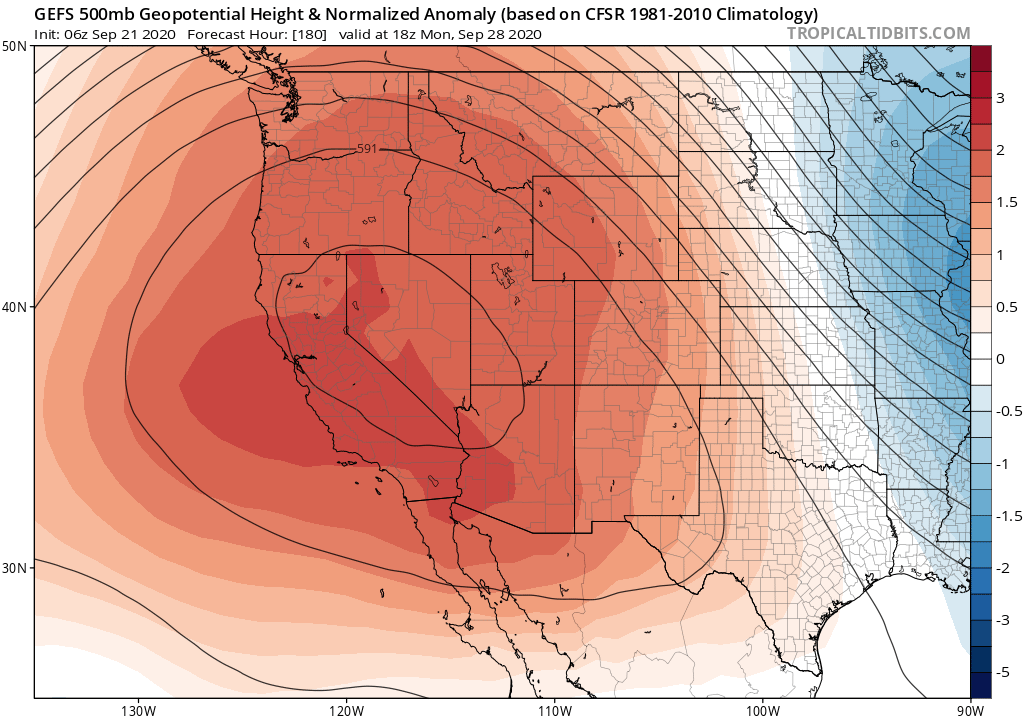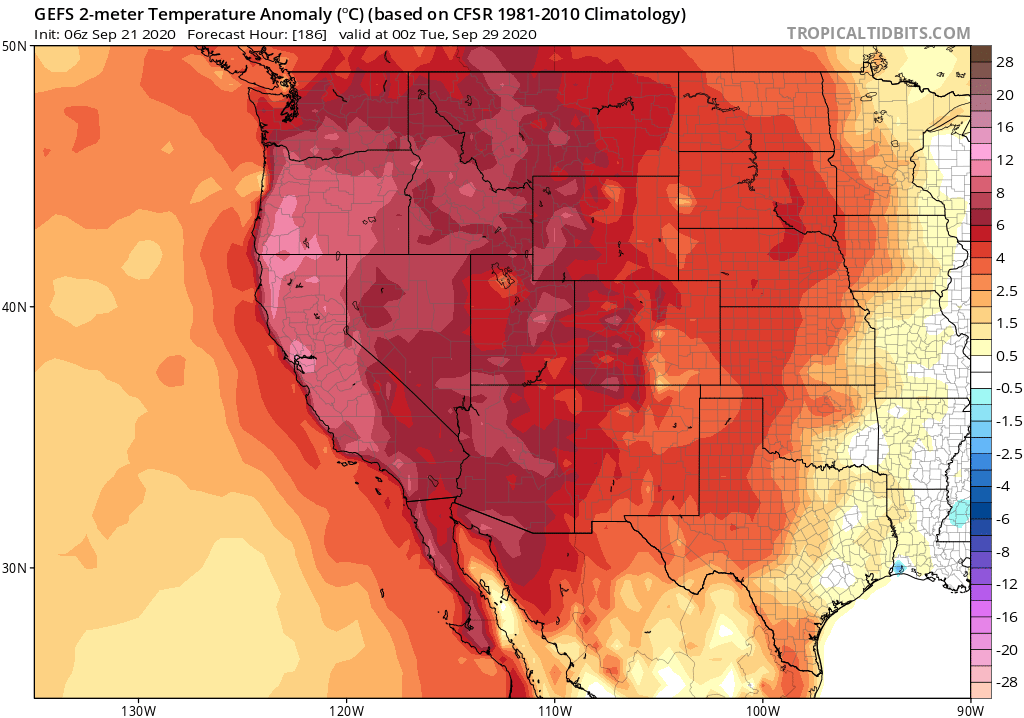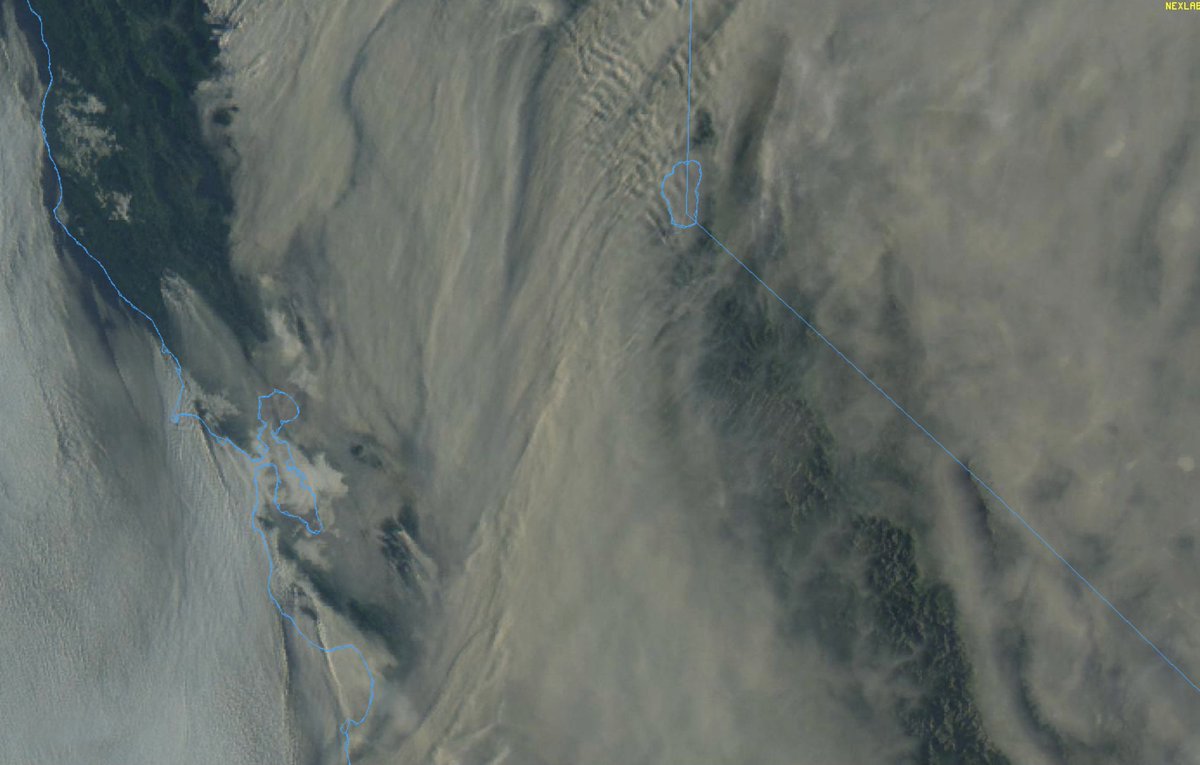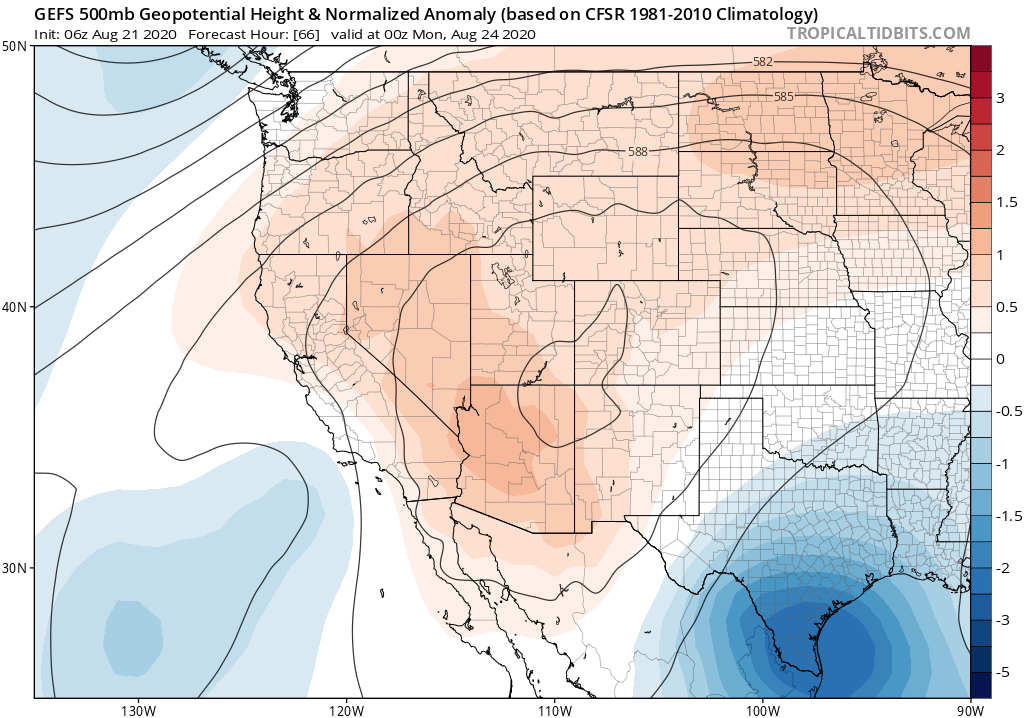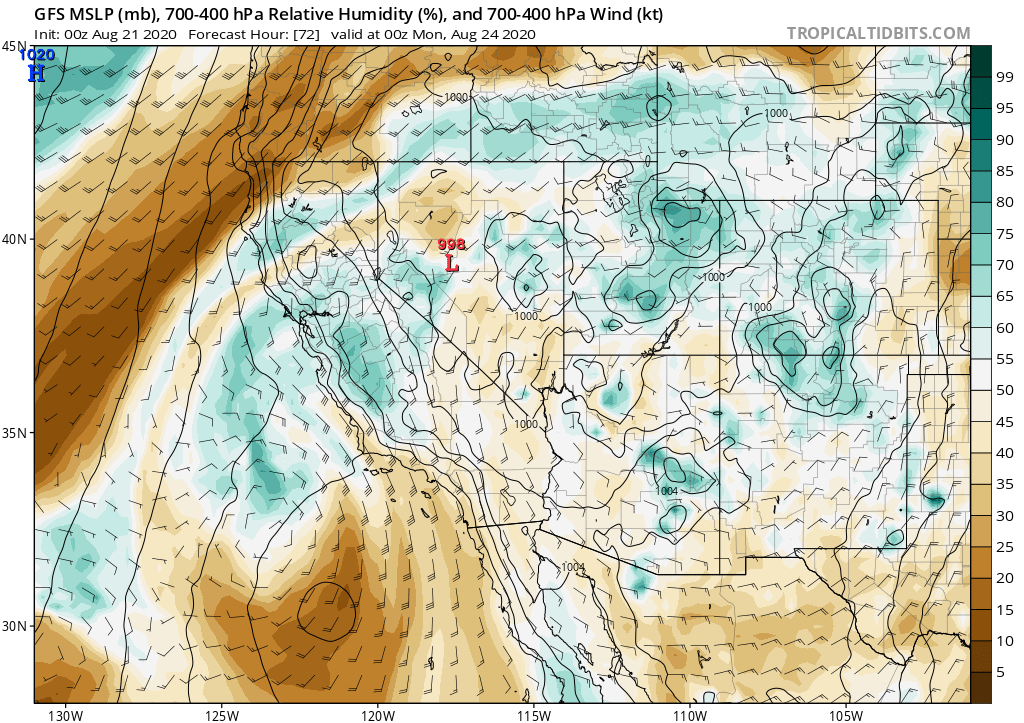
First, some good news: NorCal seems to have made through initial (extreme wind) phase of this critical fire weather event relatively unscathed. Few new small fires, but nothing unmanageable. A few thoughts as to why this was the case: #CAwx #CAfire
https://twitter.com/psuweatherman/status/1320737633782263809
Very strong to extreme winds and exceptionally low humidity did materialize, despite an initial delay. A peak Bay Area gust of 89mph (with fairly widespread gusts above 50-60 mph), and peak Sierra Nevada gusts well over 100mph, were recorded. #CAwx #CAfire
In some spots, extreme winds did indeed mix down to low elevations (interior North Bay Valleys; Oakland Airport; San Francisco; Half Moon Bay). But some locations closer to sea level saw little wind,so sea level gusts were somewhat less widespread than initially anticipated.#CAwx
PSPS shut-offs probably did prevent dangerous fires last night. It's almost impossible to imagine that winds of this magnitude would not have sparked major conflagrations in years past. So despite being an imperfect stopgap measure, it probably served its intended purpose. #CAwx
All that said, this event is not over. Red Flag Warnings for continued (weaker) offshore wind and extreme low humidity remain in NorCal. There are actually a couple of reports of new fires within the past hour, and there could be more as folks wake up today. #CAwx
Also, extremely critical fire risk due to extreme winds/low humidity is now shifting to SoCal for rest of day. SoCal typically has even more non-powerline ignition sources than NorCal, so outcomes down south may not be as favorable. Still a long 24-36 hours ahead. #CAwx #CAfire
• • •
Missing some Tweet in this thread? You can try to
force a refresh





